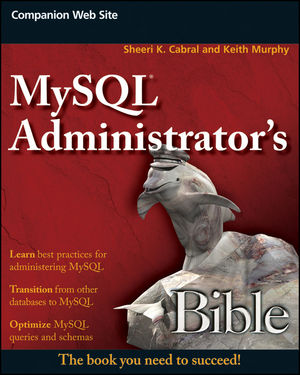I came across the following configuration today on a Production MySQL system (5.0.67) running 30+ blogs using WordPress MU .
$ cat /etc/my.cnf [mysqld] set-variable = max_connections=500 safe-show-database
No I did not truncate the output. I could say I’ve seen worse, but that’s a stretch.
 So the quiz and a prize for the best response, for the next 48 hours I’ll accept your comments as responses to this post for the top 5 settings you would add, and additionally what information you may need to add these settings. Bonus points for giving a reason why you would add the settings as well.
So the quiz and a prize for the best response, for the next 48 hours I’ll accept your comments as responses to this post for the top 5 settings you would add, and additionally what information you may need to add these settings. Bonus points for giving a reason why you would add the settings as well.
For example, I’ll give you the most obvious.
key_buffer_size = ????
To determine a key_buffer_size to start with I would look at the size of all Indexes via I_S, and combine with some estimate of growth, say 2x-5x.
For the best answer with the top 5 settings, I’ll send you a copy of Sheeri Cabral’s book MySQL Administrators Bible which even I as a resident MySQL Expert has enjoyed scanning and learning something new.


